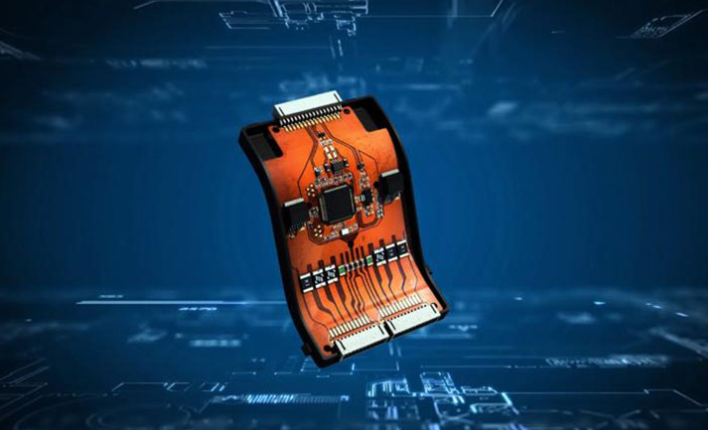What are the commonly used fpc surface treatment processes?
FPC is a kind of name for flexible circuit boards in the industry, also known as "soft boards". The purpose of the fpc surface treatment process is to ensure good solderability and electrical properties. Because copper is exposed to the air or under the action of water, it is easy to cause oxidation of copper, and it is unlikely to remain in the state of original copper for a long time. At this time, a special treatment of copper, that is, surface treatment process, is required. The following are some surface treatment processes of fpc compiled by the editor:
1. Hot air leveling
Hot-air leveling is hot-air solder leveling, commonly known as: spray tin. Refers to the process of coating molten tin (lead) solder on the surface of the PCB and flattening (blowing) it with heated compressed air, so that the circuit board forms a layer that not only resists copper oxidation, but also provides a good solderability coating layer. Pay attention to the following points when the circuit board is leveled with hot air:
1) The PCB board should be sunk in the molten solder;
2) Blow out the liquid solder before the solder solidifies;
3) The wind knife can minimize the meniscus of the solder on the copper surface and prevent solder bridging.

2. Shen Xi
Because all current solders are tin-based, the tin layer can match any type of solder. The tin-immersion process can form a flat copper-tin intermetallic compound. This feature makes tin-immersion have the same good solderability as hot-air leveling without the headache flatness problem of hot-air leveling; tin-immersion boards cannot be stored for too long, The assembly must be carried out according to the order of sinking tin.
3. Immersion gold
Immersion gold is a thick layer of nickel-gold alloy with good electrical properties on the copper surface, which can protect the circuit board for a long time; besides, it also has the tolerance to the environment that other surface treatment processes do not have. In addition, immersion gold can also prevent the dissolution of copper, which is more beneficial for lead-free assembly.
4. Chemical nickel palladium gold
Compared with immersion gold, chemical nickel-palladium-gold has an extra layer of palladium between nickel and gold. Palladium can prevent corrosion caused by substitution reaction and make full preparations for immersion gold. Gold is tightly covered on palladium, providing a good contact surface.
5. Immersion Silver
Immersion silver process is between organic coating and electroless nickel/immersion gold. The process is relatively simple and fast; even if exposed to heat, humidity and pollution, silver can still maintain good solderability, but will lose its luster . Immersion silver does not have the good physical strength of electroless nickel/immersion gold because there is no nickel under the silver layer.
6. Plating hard gold
In order to improve the wear resistance of the product, increase the number of insertion and removal and electroplating of hard gold.
7. The whole plate is nickel-plated gold
Nickel-gold plating on the PCB means that the conductor on the PCB surface is plated with a layer of nickel and then with a layer of gold. The purpose of nickel plating is to prevent the diffusion between gold and copper. There are two types of electroplated nickel gold now: soft gold plating (pure gold, the gold surface does not look bright) and hard gold plating (the surface is smooth and hard, wear-resistant, contains cobalt and other elements, and the gold surface looks brighter). Soft gold is mainly used for gold wire during chip packaging; hard gold is mainly used for electrical interconnection in non-welded areas.
8.OSP
OSP is the abbreviation of Organic Solderability Preservatives, translated into Chinese namely: organic solder protection film, also known as copper protection agent. It is a process of PCB copper foil surface treatment that meets the requirements of the RoHS directive. Simply put, it is to chemically grow a layer of organic film with anti-oxidation, thermal shock resistance, and moisture resistance on the clean bare copper surface. This protective film can protect the copper surface from rusting (oxidation or sulfide, etc.) in a normal environment. Moreover, in the subsequent high-temperature soldering, this protective film must allow the flux to be easily and quickly removed, so that the exposed clean copper surface can be immediately combined with the molten solder into a strong solder joint in a short time.
The above is some knowledge of fpc surface treatment process, if you don’t understand, please come to consult us!